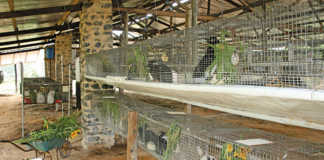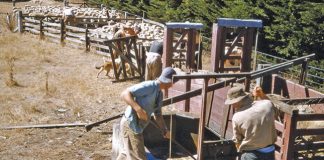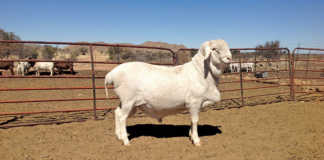This week we look at pregnancy in cows and heifers.
A cow is an adult female that has had a calf, while a heifer is a young female that hasn’t calved and is under three years old.Calves are born after about nine months of pregnancy. This is known as the gestation period. During the first days after conception, the chances the pregnancy will be successful increase if the cow is exposed to as little stress as possible.Pregnancy can be divided into three trimesters, or three three-month periods.
During the first trimester, the cow suckles the young calf while the foetus of her next calf is in the early stages of development. At this point, the cow’s milk production is at its peak, but will decline as the trimester progresses. Her calf still has quite a high milk demand and she must get extra nutrients from her diet to build up her own body reserves. The foetus doesn’t have a high nutrient demand at this stage.
During the second trimester, the calf starts getting nutrients through grazing. Weaning usually happens during the middle of the second trimester. Now the foetus needs more nutrients. With seasonal breeding, the cow can fill up her own body reserves during this period if the timing of the season is right and grazing management is good. If overgrazing is a problem or you’re at higher altitudes where the veld enters the winter dormant phase, replenish the cow’s body reserves with supplementary feeding.
When there are excessive feed shortages, such as during a drought, consider weaning the calf towards the end of the first trimester. Foetal growth during the third trimester of pregnancy is fast and the cow needs even more nutrients, so don’t leave her calf with her to suckle. Although her milk production is declining, there will still be an unnecessary drain on her nutrient resources.
With seasonal breeding, especially in sourveld areas, the available nutrients from natural grazing is very low when the cow is in the third trimester of pregnancy. Supplementary feeding is often essential.But excessive feeding, making the cow fat, should be avoided. The cow must no longer suckle her calf for at least six weeks to allow her udder to rest, ensuring a good milk supply for the next calf.
With heifers
Pregnancy in heifers follows the same pattern as cows, except the heifer doesn’t need nutrients to produce milk for a calf. However, she needs extra energy and protein to grow to full maturity. Heifers that have been mated at relatively lightweight (60% of mature live mass), need more nutrients for growth than heifers mated at a higher weight (80% to 90% of mature weight). With most cattle breeds, cows aren’t fully grown before four to five years, when her second calf is weaned. Heifers need good nutrition and extra care if you want mature cows that have grown out to their full genetic potential.
Source: KwaZulu-Natal Department of Agriculture and Environmental Affairs.












